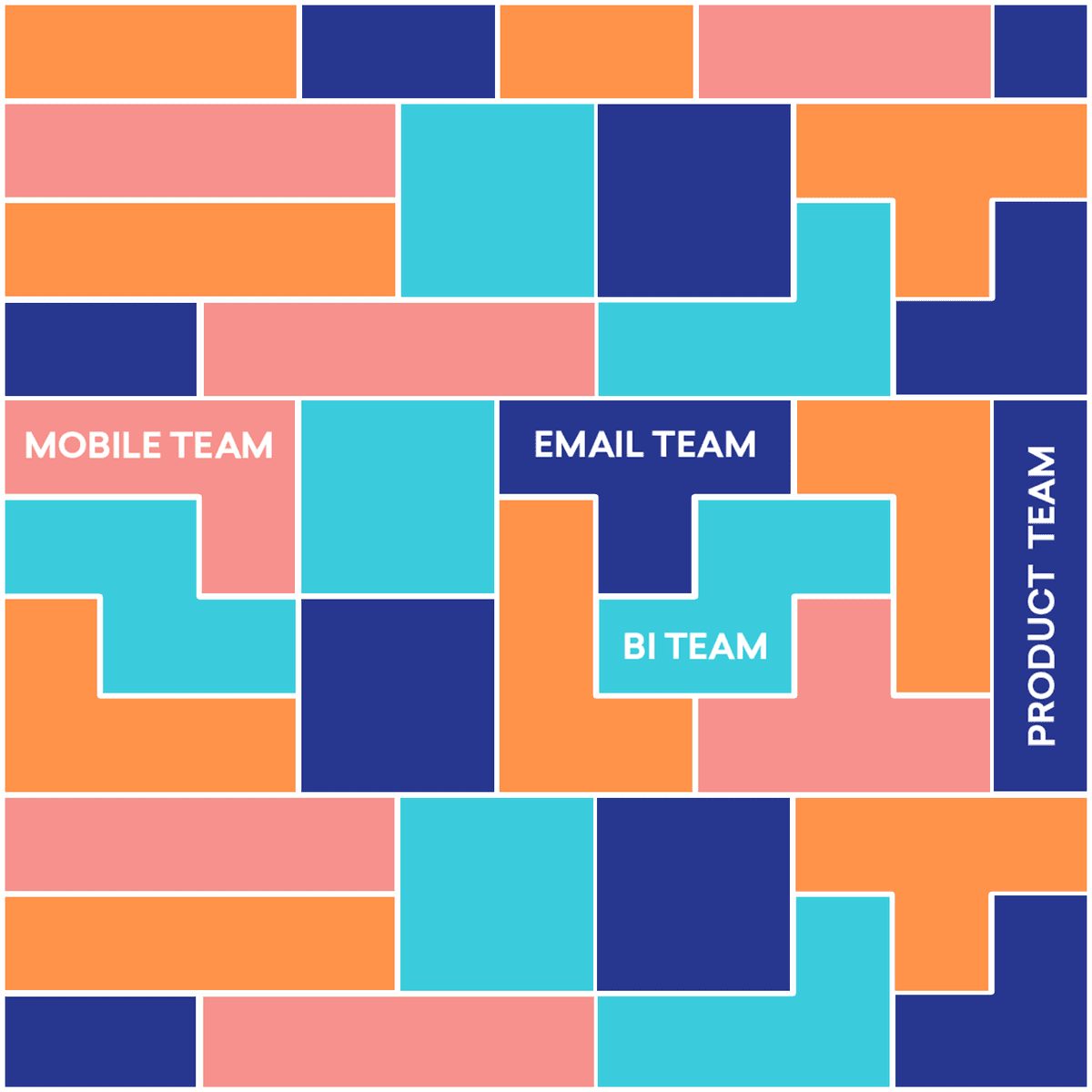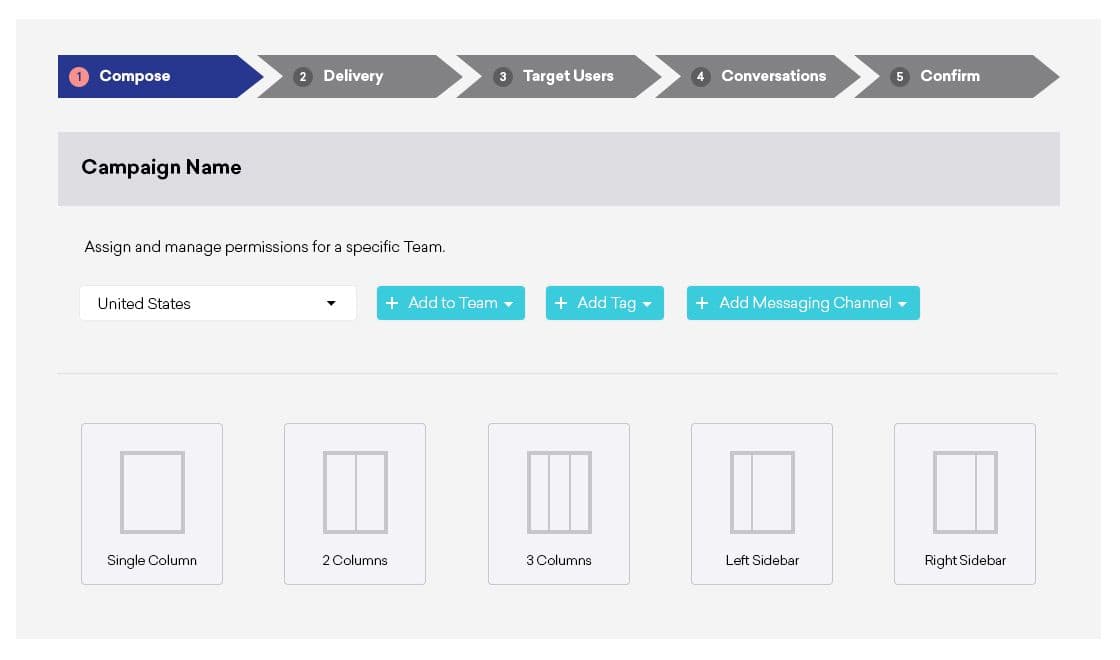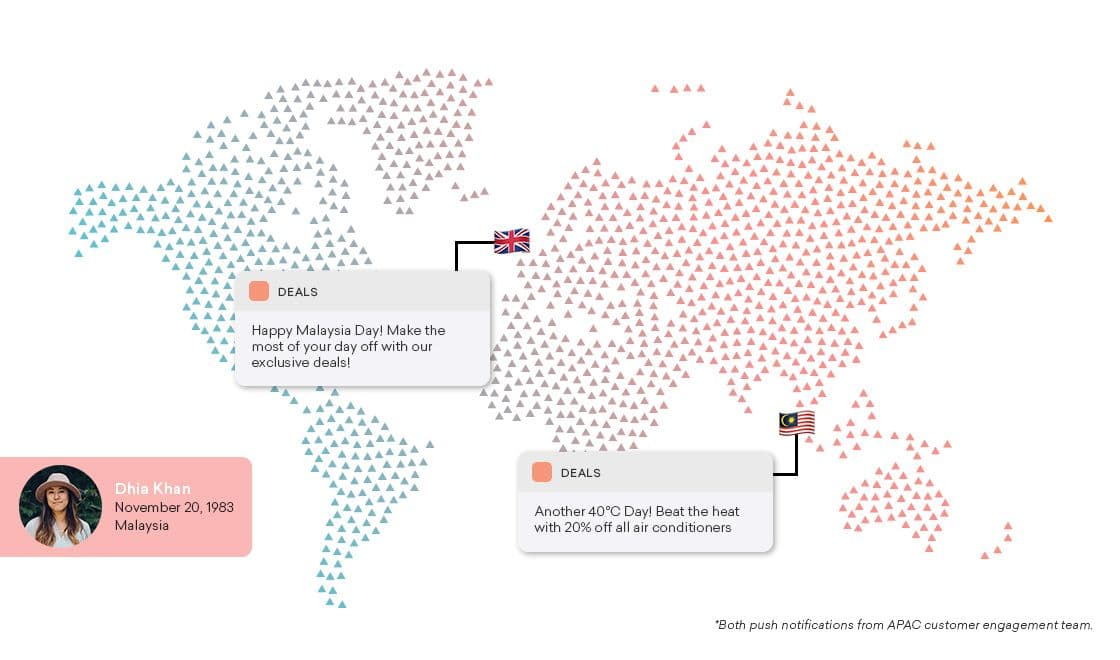Personalized Permissions: Flex Your Functional Excellence With Braze Teams
Published on August 31, 2018/Last edited on August 31, 2018/4 min read


Kevin Wang
Chief Product OfficerIf the twin disruptions of GDPR and Cambridge Analytica have taught us anything this year, it’s that no brand can afford to take data privacy and security lightly. But at the same time, modern marketing is built on the ability to collect, understand, and act on reliable customer data—and it’s that data that supports the relevant, personalized experiences that customers value.
To reconcile privacy and personalization, you have to respect the data you collect and the individual people you’re collecting it from. Only gather data you have a clear plan for, communicate why you need it to customers, and ensure that the data you’re managing is kept safe and used appropriately. A key part of that equation? A role management structure that fits your company’s unique needs.
Secure and effective use of data requires smart cross-team and cross-departmental collaboration. Whether you’re a 10-person startup or a global brand, it’s essential that data access or message sending and approval capabilities are never given to the wrong person. To avoid that, many marketing platforms offer permissioning capabilities that allow brands to restrict access to data or enforce approval flows within a given team or organization.
A lot of these permissioning tools are title-based—so access to information or the ability to send or approve messages is parceled out based on whether an individual is at a particular career level or part of a particular team. Other companies just try to pick easy cleavage points within their base of customers and assign permissions that way. In this kind of system, a given employee would be given the ability to message everyone on a particular email list, for instance.
If the twin disruptions of GDPR and Cambridge Analytica have taught us anything this year, it’s that no brand can afford to take data privacy and security lightly.
Kevin Wang
Braze Teams: The Personalization Difference
When Braze built our role and permissions management tool—Braze Teams—we took a different approach. At Braze, we work with a lot of big, global brands and we were inspired by the varied ways that they organize their teams: by language, by location, by team, and in a heap of other ways. What we took away was this: Ensuring that our permissioning system was flexible enough to work no matter how a company chooses to structure its customer engagement efforts was essential.

To get there, we built Braze Teams on top of the Braze platform’s dynamic segmentation engine, allowing every organization to personalize their permissions to fit their unique needs, preferences, and use cases—while also taking advantage of the platform’s speed, resilience, and in-the-moment data flows. That’s possible because the feature is coded in a user-centric way; it’s based on each individual customer’s identity and automatically adjusts what employees and teams can access data and message each customer based on the unique particulars of that customer’s profile.

Think of it this way. Imagine that you’re a brand that has a customer, who lives in Kuala Lumpur and then moves to London. If your brand has list-based permissioning, for instance, your APAC-based team would retain messaging permissions even though that customer is now living half a world away—which isn’t ideal if you want to provide a relevant, useful brand experience. But with Braze Teams, your brand could organize permissions based on each customer’s current region, allowing your UK engagement team’s messaging to seamlessly pick up where your APAC team left off.

That’s just the tip of the iceberg. Maybe you have a team that handles all onboarding messages and another that’s focused on retaining current customers, or a team that handles upsells for your VIP tier. However your company is organized, effective permissioning is ultimately about fitting the experience you want to bring to your customers to the teams and individual employees tasked with delivering that experience.
Members of your teams shouldn’t have to find workarounds to access information or messaging capabilities that are central to their responsibilities—or worry that they might accidentally send messages to the wrong customers. They should be focused on what they’re good at: carrying out their specific, key role in the customer engagement process, with seamless permissioning support. And Braze Teams makes that possible, no matter how unusual or complicated your organizational structure may be.
Final Thoughts
Want to dig deeper into how Braze Teams works and how it can make a difference for your brand? Check out our Braze Teams overview.
Related Tags
Be Absolutely Engaging.™
Sign up for regular updates from Braze.


